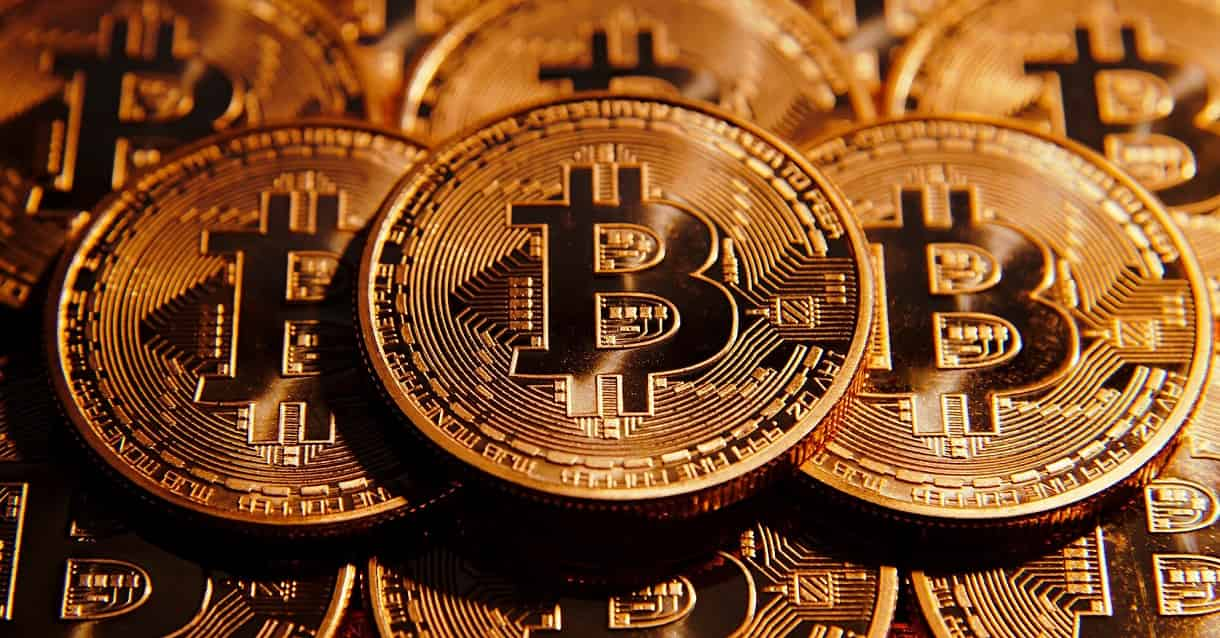Cryptocurrency is becoming more and more popular every day. Even though the first crypto appeared more than a decade ago, until recently we didn’t see so much information about cryptocurrencies, exchanges and exchange rates in the daily news. Today, cryptocurrency acquires the status of money of a new generation. Therefore, it is definitely worth understanding what it is and how to interact with it.
At first glance, it seems that cryptocurrency and everything related to it is very complicated and confusing. It will be easier to understand if you start with the origins: history, foundations and basic terminology.
The first virtual currency was Bitcoin in 2009.
People have been looking at cryptocurrency for quite some time, the idea of virtual money was quite strange and distrustful. However, the new currency gradually gained popularity and increased its value. If at the dawn of its existence you could have a meal in a restaurant for one bitcoin, now you can buy a small apartment or house in the suburbs with it. Such a rapid growth became the reason for the increased demand and interest of people in cryptocurrency.
What is cryptocurrency
Cryptocurrency is a virtual payment system that works without the mediation of banks. The system allows any user to send and receive payments, regardless of location.
What is Bitcoin
Bitcoin (₿) is the first independent digital currency. It is transmitted through the Bitcoin peer-to-peer network. Peer-to-peer networks are characterized by the fact that they connect directly, without an intermediary. Bitcoin transactions are recorded in a public ledger called the blockchain.
What is an altcoin?
An altcoin is any virtual currency released after Bitcoin. There are already thousands of cryptocurrencies and new ones are constantly being added.
Blockchain
Blockchain is a digital ledger or ledger for decentralized storage of data about what happens with cryptocurrency. A blockchain contains a list of information blocks that are interconnected. Information data is duplicated and distributed across a network of computer systems in this block chain. When one block is filled, a new one is created and so on. Each block contains a cryptographic link to the previous one, so it is impossible to change the history of the blockchain. This is a guarantee of safety.
Mining
Bitcoins or other cryptocurrency are given as a fee for mining.
In the process of mining, computers perform calculations, search for a solution to a task set by the network, and generate new blocks of the blockchain. The speed of mining will depend on the power of the computer.
A miner who solves a task before others gets a block reward.
There are cryptocurrencies with infinite supply, but most have a limit. The limit for Bitcoin is 21 million. This is the total number of bitcoins that will ever be released. The last coin is expected to be mined by around 2140.
Block reward
In the process of mining, the computer solves the task set by the network and creates a new block. When a miner solves a task, the network records it and validates the solution.
The payment for the creation of the block is sent to the account identifier – Bitcoin address, and the information about the transaction is recorded in the block.
Other terms
Cryptocurrency deflation – an increase in the value of a cryptocurrency.
Decentralisation – the distribution of power to all users of the system. This method eliminates management by a single person or group.
Volatility – changes in exchange rates over time. The higher the rate jumps, the higher the volatility score.
Wallet – A program that allows transactions to be made from a given address. You can also check the balance of the wallet.
ledger is a popular hardware wallet for storing cryptocurrencies.
Money hold – used by exchanges to limit the deposit or withdrawal of funds for a certain period of time.
Margin – an economic term that shows the ratio between the profit and the cost of a product.
Pump – usually a planned buying of large amounts of cryptocurrency in order to artificially increase its value.
Timeframe – a timeframe used on exchange charts.
Trezor – a popular hardware wallet for cryptocurrencies.
To the Moon – means a rapid rise in the exchange rate.
A digital signature is a code generated by an encryption algorithm. It is attached to a transaction to verify the integrity of its contents and to identify the sender.

